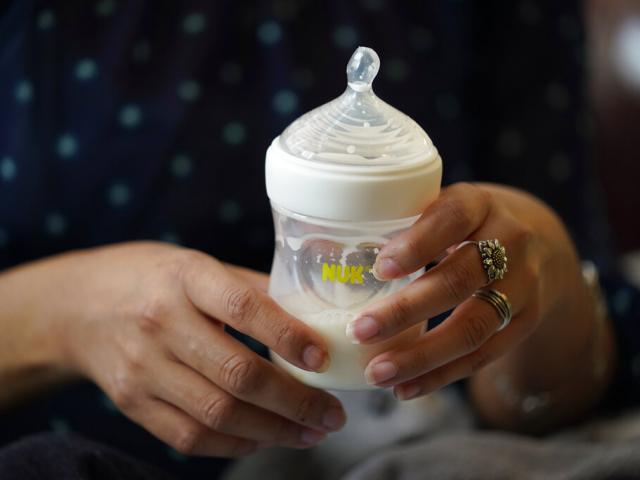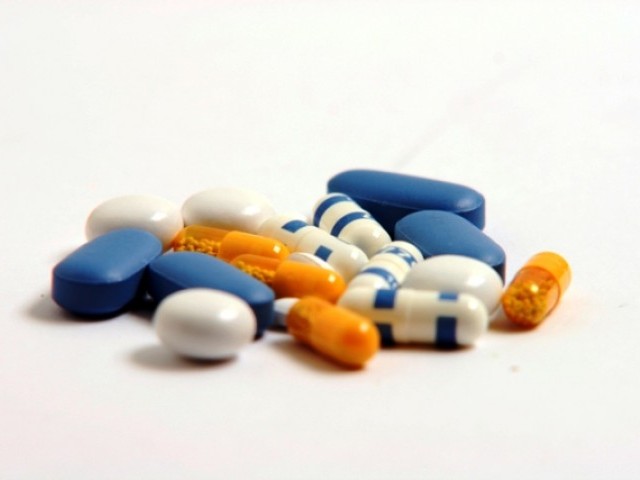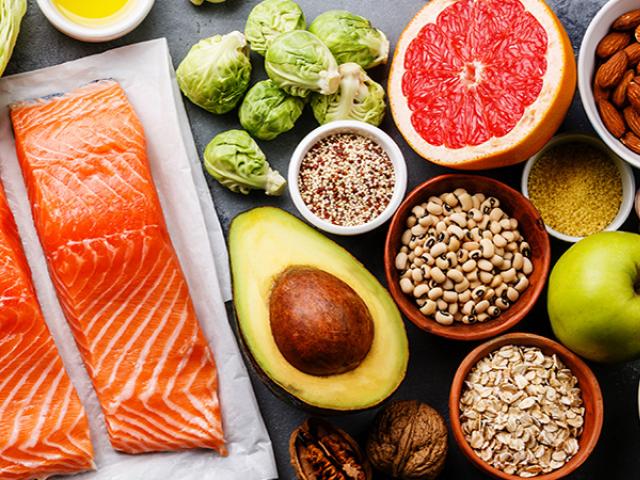At some time before your baby’s very first birthday celebration, you will possibly be thinking of giving him a sippy cup. Perhaps you wish to give him a little water, or possibly you intend to pump your bust milk as well as wish to bypass bottles entirely, discouraging your infant’s right to a mug. You may just wish to get your baby accustomed to a cup in preparation for the transition from formula later.
But when is the best time to start? Well, this varies commonly from child to child. Some infants are interested in sippy cups from as early as 6 months, whereas others show no passion at all until much later on. It does not do any type of harm to use your infant a sippy mug at any stage, although he may need a lot of help in the beginning, particularly if he is very young.
There are many different styles of sippy cups on the market and also it’s really tough to suggest the “excellent” selection – as you recognize, children have their very own opinions and preferences concerning lots of points and also sippy cups are no exception!
Some models have valves and also need your baby to suck fairly intensely. Some infants – more youthful ones in particular – don’t jump on so well with this kind of cup and prefer a more “free-flowing” spout. While this might be a bit untidy initially, it can obtain your baby used to the idea of what a mug is all about.
MY INFANT WON’T CONSUME FROM A SIPPY CUP! This is really common– and also numerous moms and dads fret needlessly that their infants are somehow “falling back” if they’re not utilizing a sippy mug by their very first birthday celebration.

Hold your horses. It is not vital that your kid’s beverage from a sippy cup– supplementary water and also juice are, as a whole, unneeded during the child’s first year anyhow.
Do not compare your infant to others– all babies establish differently and “sippy cup abilities” might not be your child’s location of competence!
He’ll function it out at some point – yet in the meantime, here are a couple of ideas to make the intro of a sippy mug a little easier …
- If he’s having a hard time getting a drink from the cup but does not seem to be able to draw hard enough, try removing the valve. Watch out, though, because the fluid will certainly move even more quickly.
- Dip the spout into the fluid, to make sure that your infant recognizes what’s inside. Do not assume that he will automatically recognize that a cup contains a beverage!
- Show just how to utilize the cup and also display screen exaggerated satisfaction as you consume alcohol … so he really wishes to taste some, too! Alternatively, have a sibling or little friend make use of a mug in front of him– infants are natural mimics, and also seeing a good friend delighting in a sippy mug might provide simply the reward he needs!
- Do not present the cup when he’s tired– if he’s dehydrated, he’ll become distressed as well as distressed extremely rapidly. Early in the early morning, when he’s large awake, is the most effective time to try.
- Attempt various types of mugs and also spouts up until you locate the one your baby prefers. For a first cup, many children like soft, rubbery spouts, which feel closer to a nipple area.
- Try making use of a feeding set with compatible spouts. Some sets feature bottles on to which you can connect a regular nipple OR a sippy spout. Your baby may be better about trying the spout if the bottle looks acquainted.
- If you are intending on providing your child formula or bust milk from the sippy cup, then make sure you place milk in the cup when you introduce it to him according to this article by Themocracy. If you make use of water or juice, he may connect the mug with these beverages only– and afterward, reject to take milk from the same mug.
IMPORTANT: Allow your child to utilize a sippy mug in small amounts only. Don’t place him to bed with a mug of milk or juice as these beverages will certainly “swimming pool” around his teeth, causing dental caries. Always tidy your infant’s mug completely– particularly the valve, which can harbor microorganisms.








